Christmas isn’t Christmas without a decorated tree — the more sparkly lights, the merrier! However, if you live in a small home and you are tight on space, you might feel that a standard Christmas tree is just one step too far. Instead of adding festive cheer to your household, you could get overwhelmed with Christmas clutter crammed into a tight space.
But that’s not the only reason. You might fancy a twist on tradition or be keen to reduce your holiday footprint. Whatever your motive, you can still enjoy the spirit of Christmas without a real or faux traditional tree.
Here, Jo Lambell, founder at Beards & Daisies shares her top picks of 5 houseplant alternatives to Christmas trees, along with expert care advice and decorating ideas.
1. African Fig
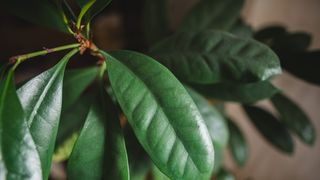
With its lush, glossy leaves, there’s no wonder the African fig (Ficus cyathistipula) is a popular houseplant and a hot contender as an alternative Christmas tree. “The African fig features a strong trunk and attractive foliage, giving it a tree-like presence,” says Lambell, “Its large leaves and branching form make it stand out as a natural statement piece, especially during the festive season.”
It thrives in bright, indirect light and needs consistently moist soil, so water when the topsoil dries out. Your African fig will also appreciate a regular prune to help maintain its shape and encourage new growth, but be sure to use a sharp and clean pair of pruning shears to make a healthy cut.
Decorating tips
Lambell recommends decorating your African fig with lightweight ornaments, as it’s sensitive to excess weight. String fairy lights around the branches and decorate with mini wreaths, or make your own lightweight origami tree decorations using decorative paper.
2. Norfolk Island Pine
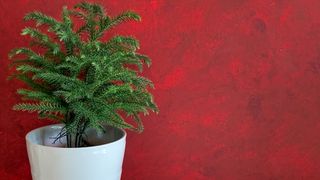
If you’d like the next best thing to a traditional Christmas tree, a Norfolk Island Pine (Araucaria heterolphylla) is a good choice. “With its soft, symmetrical branches and traditional conifer-like shape, the Norfolk Island pine is often dubbed a “living Christmas tree.” It’s perfect for creating a classic holiday look without bringing in a cut tree,” says Lambell.
Position your Norfolk Island Pine in bright, indirect light and water regularly to keep the soil slightly moist. This plant enjoys higher humidity, so mist occasionally or use a humidifier to add extra moisture to the environment.
Decorating tips
Lambell advises that this tree can only handle lightweight ornaments and strings of mini lights and warns to be gentle with the branches, as they are more delicate than those of traditional pines. Keeping to decorations that are lightweight will help to preserve its delicate form.
3. Ficus Joy
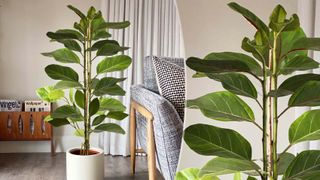
It must be made for the holidays with a name like Ficus Joy (Ficus benghalensis’ Joy’). “With a compact, elegant structure, Ficus Joy makes a lovely festive focal point. Its glossy leaves add a touch of lush greenery and can easily transform into a festive display,” says Lambell.
This exotic-looking plant prefers bright, indirect light and should be watered when the top layer of soil dries out. However, it doesn’t respond well to sudden changes in temperature or drafts as it can cause the leaves to drop, so be sure to avoid sudden changes in temperature.
Decorating tips
To give your plant a festive flair, decorate it with colorful baubles or tiny string lights. Consider using decorative pot covers or holiday-themed planters to add an extra magical touch to its appearance.
4. Fiddle Leaf Fig
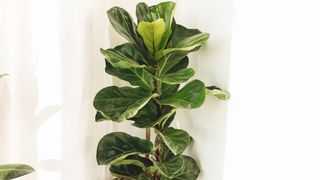
“The fiddle leaf fig boasts large, glossy leaves and a tree-like structure that can reach a great height, making it a stunning centerpiece,” says Lambell. “Its sculptural beauty adds elegance and a modern twist to festive décor.”
The fiddle leaf fig is also well adapted to indoor conditions, making it a perfect alternative to a traditional Christmas tree. However, it is toxic to people and pets, so it’s best avoided if you have some furry friends in your household.
When caring for a Fiddle Leaf Fig (Ficus lyrata), Lambell recommends placing it in bright, indirect light and watering it when the top 1-2 inches of soil are dry. You can also give it a twirl every few days so the whole plant gets to enjoy some sunlight, which is one of the tips we recommend to help extend the lifespan of your Christmas tree.
Decorating tips
The plant’s beautiful leaves are a feature in themselves, but it will look extra magical with string lights draped around the trunk or branches. Lambell recommends decorating it with lightweight ornaments or festive bows, as anything heavier might damage the leaves.
5. Rubber Plant
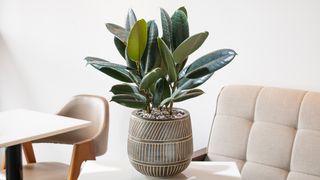
Rubber trees (Ficus elastica) are common house plants and can be transformed into something extra special over the holiday season. Lambell says, “This plant has thick leaves and a naturally upright form, giving it a robust and festive feel. With dark green, burgundy, or variegated leaves, it can easily fit into different Christmas color schemes.”
When caring for your Rubber plant, Lambell suggests placing it in bright, indirect light, but it also has the advantage of being a low-light living houseplant, so it won't matter to much if it's place in a shadier spot. It’s best watered once the soil dries out, and it will also appreciate a slight mist as it thrives in humidity. However, it is toxic to pets.
Decorating tips
To avoid weighing down the branches with heavy decorations, spruce up your tree with light decorations. Lambell recommends garlands, tinsel, or mini baubles tucked around the plant’s base.
More from Tom's Guide
- Discover 7 festive ways to spruce up your dinner table
- And 5 tips to keep your Christmas cactus flowering year after year
- Plus, 5 best houseplants to gift over the holidays
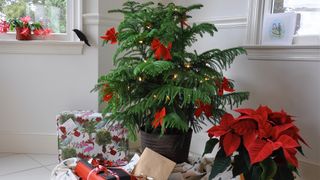
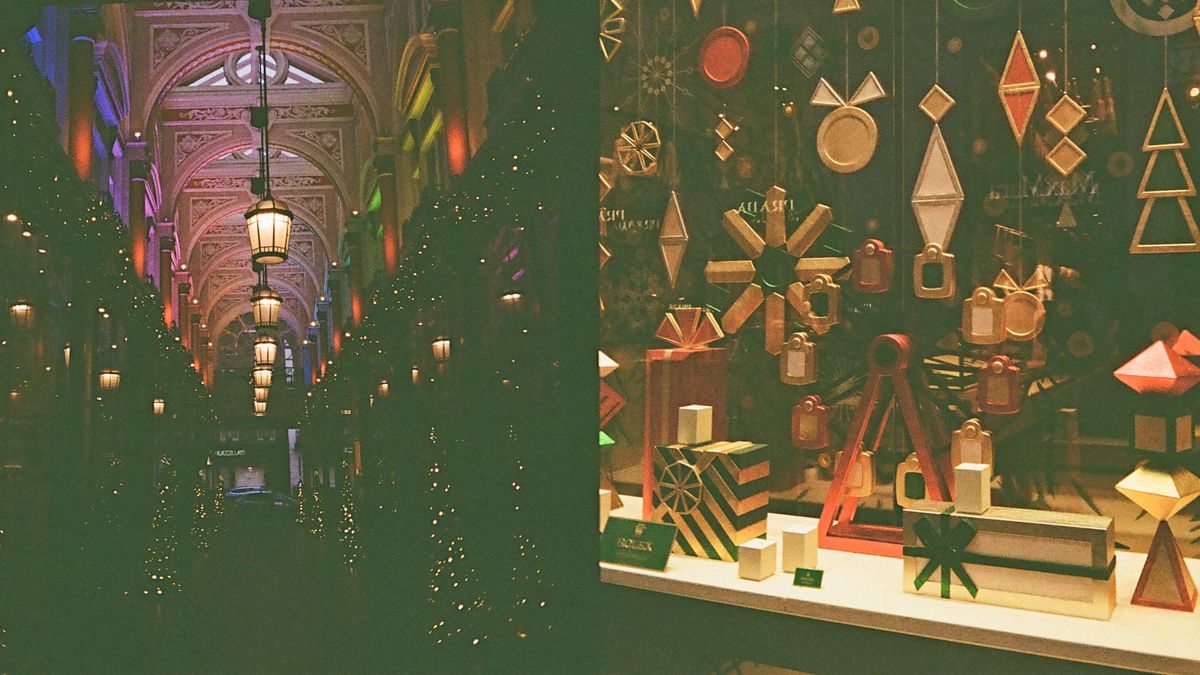



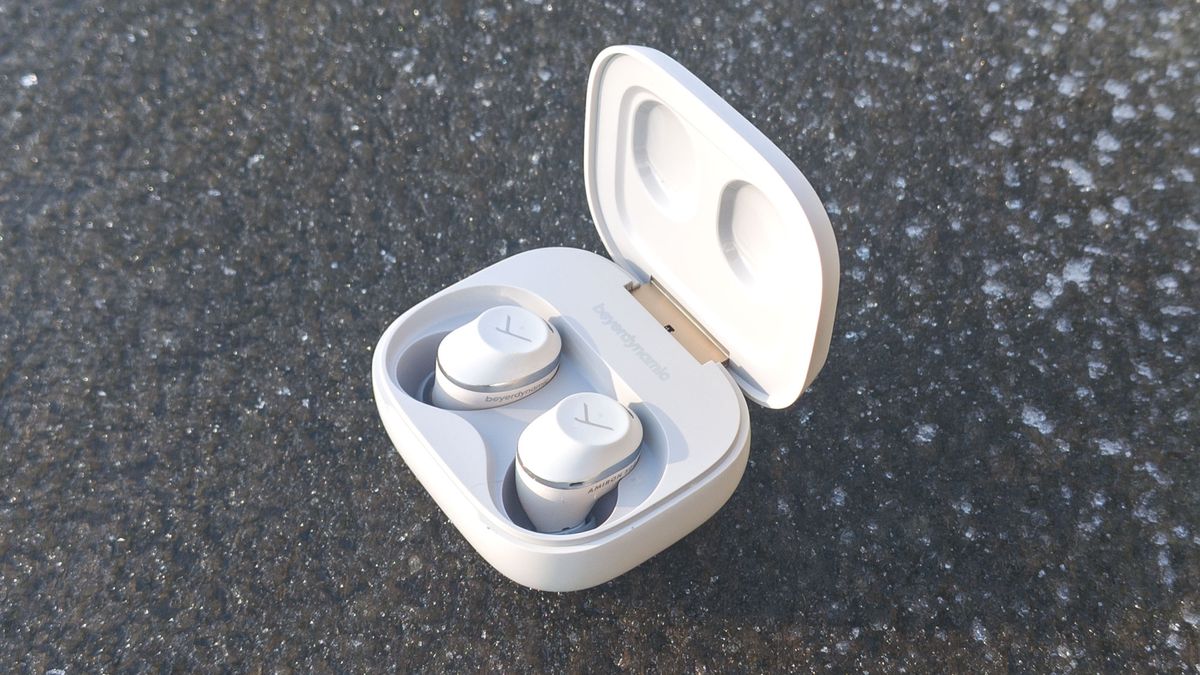


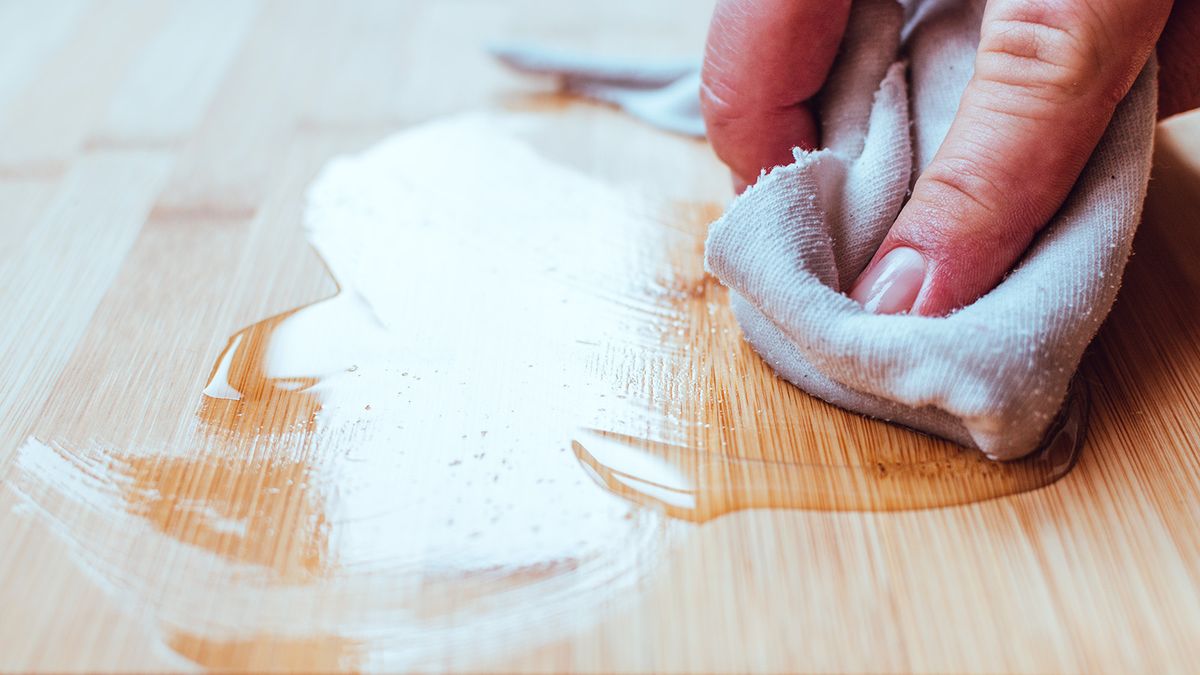












 English (US) ·
English (US) ·